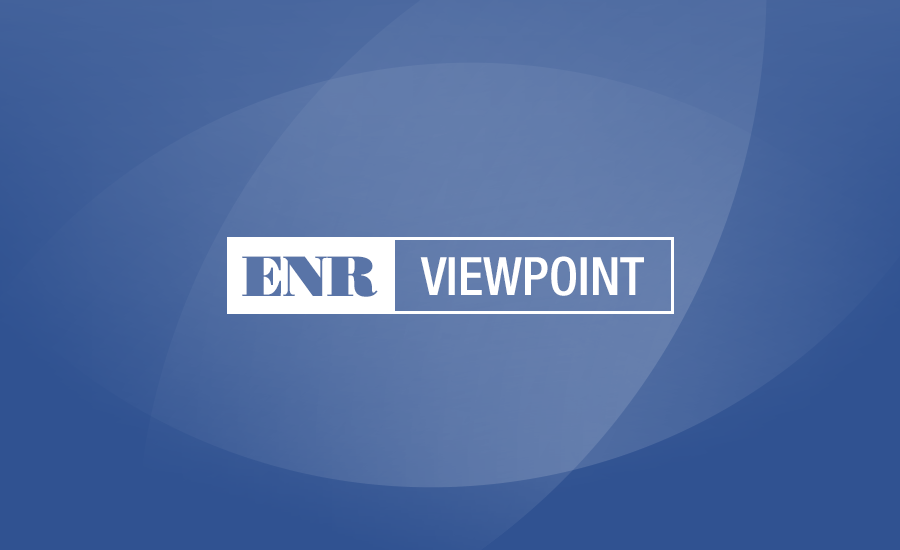If there’s one phrase that describes 2020, it was not “business as usual.” How AEC firms fared last year depended upon their strategies for navigating an uncertain landscape. While we talk about finding a new normal, company leaders in 2021 will have to think more expansively about what they want that “normal” to look like.
Do they want to return to the previous normal (and is that possible)? How do they mentor, lead and maintain culture if people are not in the office? What does the firm need most to thrive?

During the 2007-2009 global financial crisis, industry firms laid off people in large numbers. This time it’s different. For many firms, productivity has increased. Cash flow has been helped by major reductions in travel, event and marketing expenses as well as economic relief money that has cushioned the blow for some and provided strategic reinvestment opportunities for others.
So now is the time to plan for scenarios around top- and bottom-performing markets. It’s also a good time to revisit expenses to see whether you have the capital to weather an extended storm. Many firms that are doing well are leveraging this time to plan for growth, make key market hires and pursue acquisitions to grow their staff or diversify markets.
More companies have moved into a remote working environment, and now firm leaders may need to ask: Is it time to thin out nonperforming staff or practice leaders who may not be the right fit? Will we fully return to the office or maintain a hybrid workforce? What did we learn about project staffing, scheduling and efficiencies?
Flexibility is an important consideration. Many employees have enjoyed more balance in their work and home lives—even if there have been trade-offs in face-to-face communication, collegiality and mentoring. Not everyone is eager to return to the office and the old ways. Some firms may want to trade large urban offices for multiple smaller locations closer to employees’ homes or create hotel-style co-working spaces to accommodate a hybrid work model.
As conferences, events and client visits moved online, traditional face-to-face business development has nearly disappeared. Some firms have leveraged technology to their advantage, created lunch-and-learn series and taken their thought leadership to social media channels where more people can participate.
We won’t know what the new BD landscape looks like until we get there. Sales cycles may be different. Client needs may have changed. Communicating solid expertise, a clear point of view and connecting the dots for your clients is increasingly important.
One of the biggest lessons learned last year is that firms must communicate their value to clients instead of waiting for them to share their needs. Find new ways to ease their pain, reduce their risk, save them money. Don’t assume that you know what they need—ask.
Finally, it may seem difficult to plan right now. Services, markets and locations have opened or closed. Long-standing problems may have come to the forefront. But one of the positive outcomes of 2020 was that it opened minds to change in an industry that can be resistant to that. There’s nothing like a year with a pandemic, an economic disaster and a presidential election to usher in change, and never a better time than now to become an agent of change in your firm.


Post a comment to this article
Report Abusive Comment